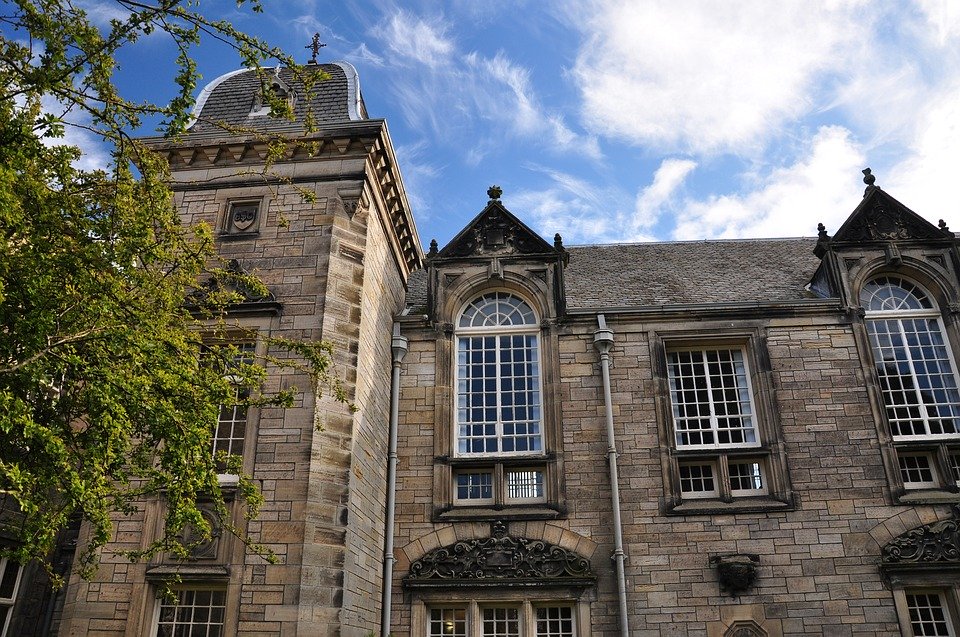
THE University of St Andrews and Ninewells Hospital are researching an ultraviolet light known as far-UVC to determine whether or not it can be safely used for air disinfection inside public buildings.
The university said that the study is timely, as the world looks for new ways to disinfect rooms and help eliminate the Covid-19 coronavirus.
The joint team is using computer simulations to study the impact of far-UVC lamps on human skin. The research has been accepted for publication in the journal Photodermatology, Photoimmunology and Photomedicine.
The university said that UVC lights from special germicidal lamps with wavelengths in the range of 200nm to 280nm kill germs such as bacteria and viruses, and has been used as a means of disinfecting hospital wards and operating theatres for ‘decades’. However, it added that the wards must be empty of people as the lamps can penetrate the eyes and skins as it mainly operates at a wavelength of 254nm.
Sla Barnard, a medical physics PhD student at St Andrews, said, “The Earth’s atmosphere protects us by absorbing all the UVC from the Sun, and we must be very careful to protect ourselves from some existing UVC disinfectant lamps which are known to cause skin damage.
“Using our computer model, we have shown that longer UVC wavelengths can damage the skin whilst wavelengths shorter than 230nm had much more limited penetration in the skin.”
The university said that far-UVC lamps that emit at wavelengths of ‘around’ 222nm ‘may’ be safer because proteins in the skin ‘efficiently’ absorb this light and provide a natural protective barrier.
The computer codes at the heart of the study were developed by St Andrews astrophysicist, Dr Kenny Woods. He said, “Over the last decade we have built an interdisciplinary collaboration with photobiologists at Ninewells. Together, we have a strong track record in using computer simulations for testing optical and ultraviolet lamps and optimising light-based therapies for skin cancer and other diseases.”
Dr Ewan Eadie of the photobiology unit at Ninewells Hospital added, “Our new simulations provide further support for existing laboratory research showing that the upper layers of the skin provide a natural protection against shorter-wavelength-UVC.
“Lamps that are engineered to filter out ultraviolet wavelengths longer than 230nm are safer than existing germicidal lamps. We now require real-life in-person studies to support our computer simulations and the laboratory evidence.”
The university added that lamps that emit at the shorter 222m wavelength are now being investigated worldwide as a means to help eliminate the virus responsible for the Covid-19 pandemic. It added that the St Andrews-Ninewells team is working with several other groups developing far-UVC lamps.











